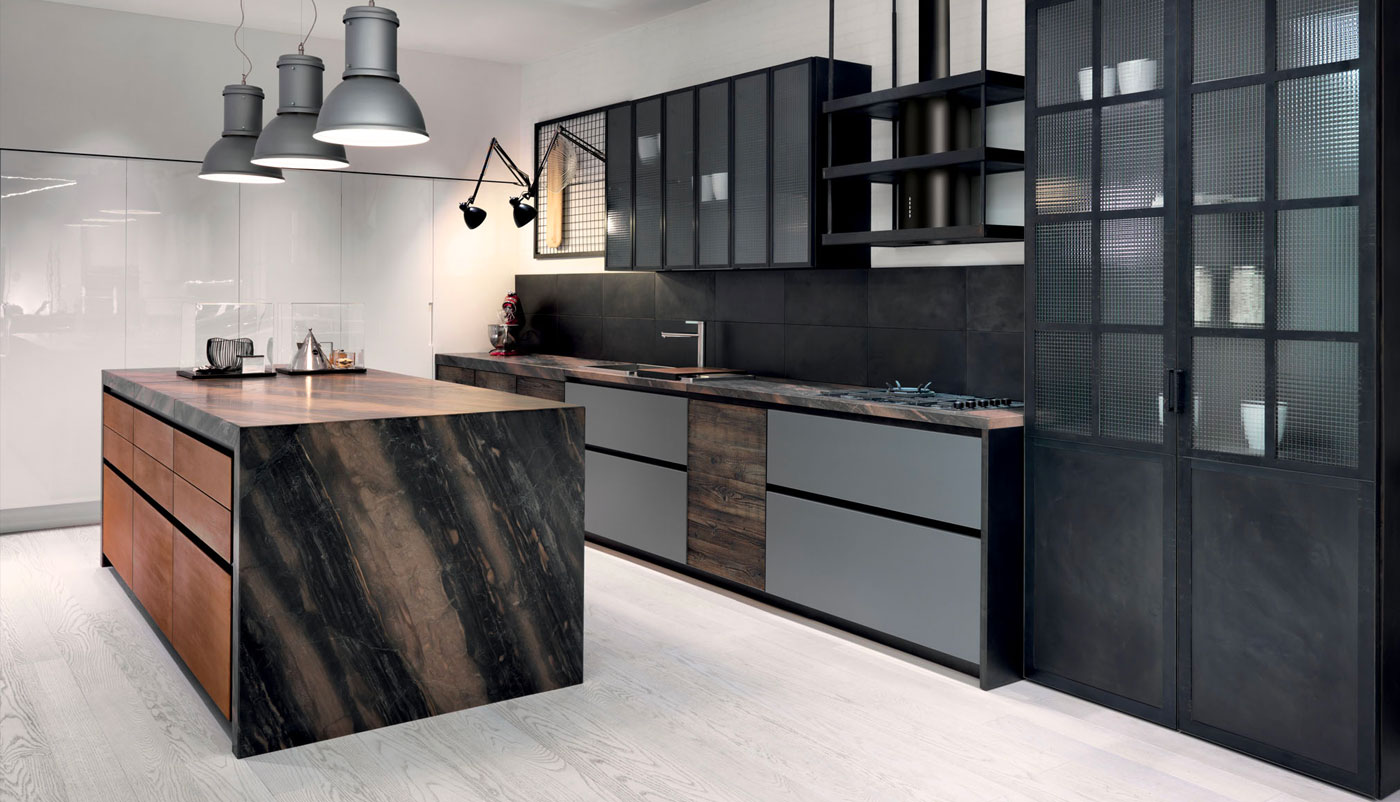
How to choose the right ventilation system for your kitchen?
By its very nature, the kitchen is an area that is exposed to grease, fumes and dirt created during the preparation of meals. To avoid dirtying the walls, floors and furniture and to maintain a healthy space, it is recommended that this room is well ventilated using an efficient ventilation system.
Why install a ventilation system?
The kitchen is one of the wet rooms in the house, like the bathroom. Both generate large amounts of steam. In insufficiently ventilated areas, condensation problems occur: damp stains, mould, dust mites, etc. Furniture deteriorates, paint crumbles and the room can quickly become unhealthy.
Condensation is present in both older, poorly insulated homes and in newer ones, as the latter are often over-insulated.
A kitchen is usually located in the north and therefore does not get much sunlight. Sometimes it does not even have a window. However, the stale air must be evacuated. Also, when it is an integral part of the living room, it is necessary to be equipped with an efficient ventilation system so as not to be disturbed by odours.
To keep your home hygienic, there are several possible installations. This is what we will see.
Which ventilation system should I choose?
Even if the kitchen has a window, it is not always enough to properly ventilate the entire room. Moreover, good ventilation is continuous ventilation. This is only possible with a VMC (controlled mechanical ventilation) that allows the air to be renewed. Moreover, since 2001, whether the room has windows or not, CMV has been compulsory in new buildings.
In older buildings, it is sometimes difficult to install a CMV. In this case, individual air extractors should be installed in the rooms concerned. They should be chosen according to the volume of the room, while respecting safety standards. These extractors or aerators are used to remove bad odours and humid air. They can also be found in shower rooms, laundry rooms, toilets, basements or storerooms without openings. The best thing to do is to have your kitchen designer come to your home and advise you.
How does an air vent work?
Natural ventilation consists of opening doors and windows to remove polluted air and bring in healthy air. Not a very practical solution in the middle of winter! The ventilator works on the same principle as natural ventilation. It is an independent, adjustable device, installed on the wall or ceiling, which allows interiors to be aired from time to time. It guarantees a good renewal of the ambient air. It is inexpensive to buy and easy to install. They are available in manual or electric versions, which can be activated automatically or on demand.
Unfortunately, an air vent is subject to the vagaries of the climate, as it is activated by the force of the wind. This can lead to heat loss or to the air being forced out. When it is not possible to install a CMV, an air vent is still a good alternative.
How a CMV works
CMVs are designed to prevent heat loss or the risk of cold from natural ventilation. They operate 24 hours a day and consist of a motorised unit connected to extract units. The air extractor, usually located in the attic, draws in air through ducts. The vacuum created prevents odours and humidity from circulating in the rest of the house and forces fresh air into the drier rooms.
Single flow CMV is the most common type. It can be self-regulating, i.e. the control of the volume of renewed air is done manually by the inhabitants by adjusting the degree of opening of the suction hatches. It can also be humidity sensitive. In this case, the humidity level is calculated by the central fan, which modulates the airflow according to the room. The stale air is evacuated through a roof outlet while the fresh air enters through grilles located throughout the house.
Working on the same principle, the double flow CMV has two fans and uses two different networks. One blows in fresh air, the other removes polluted air. This system is more expensive and more complex to install.
Also remember that a powerful hood, especially an extractor hood, is effective in extracting cooking fumes and grease and prevents the fumes from spilling into the room. Investing in a quality hood will also ensure that your kitchen is well ventilated.


